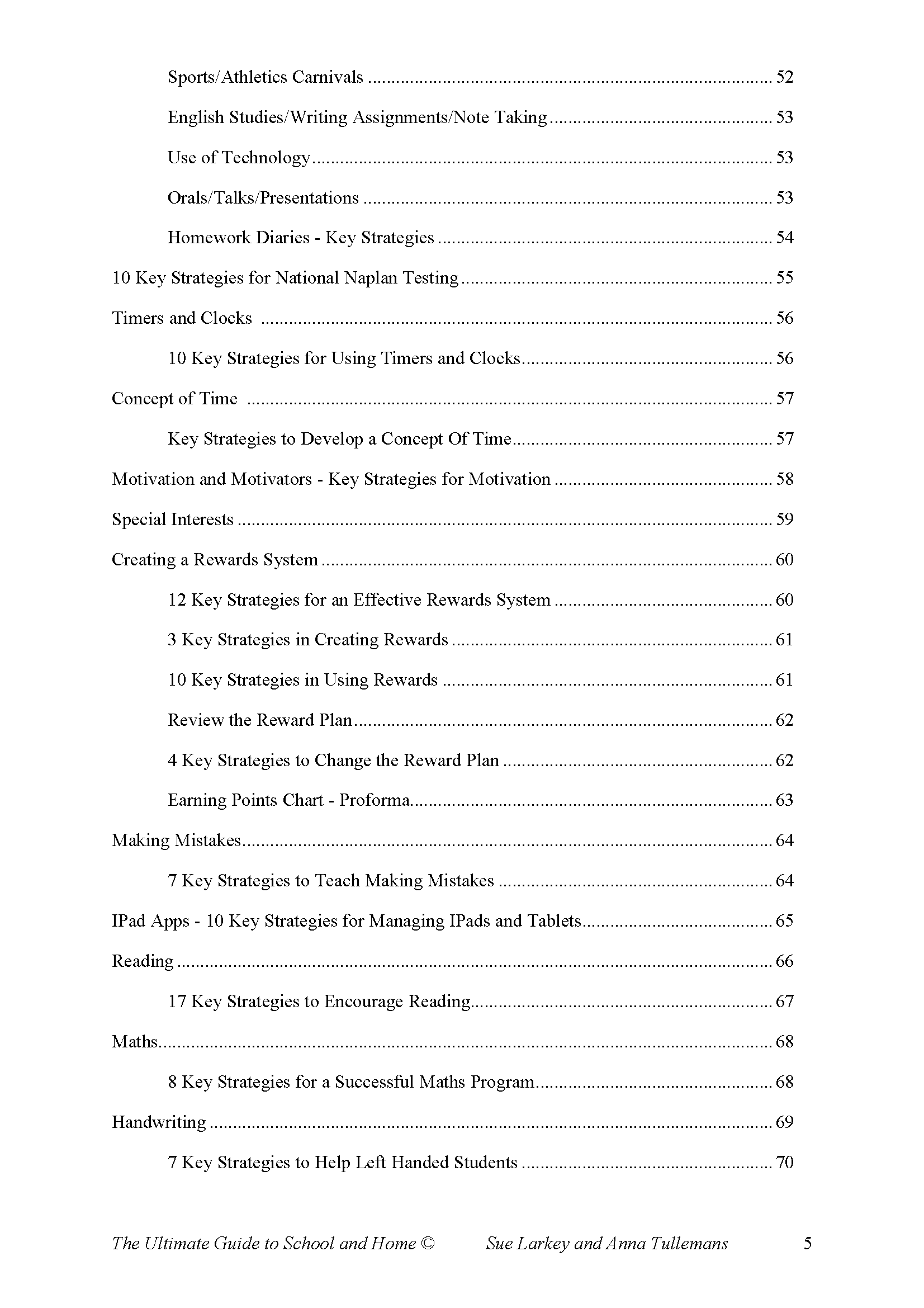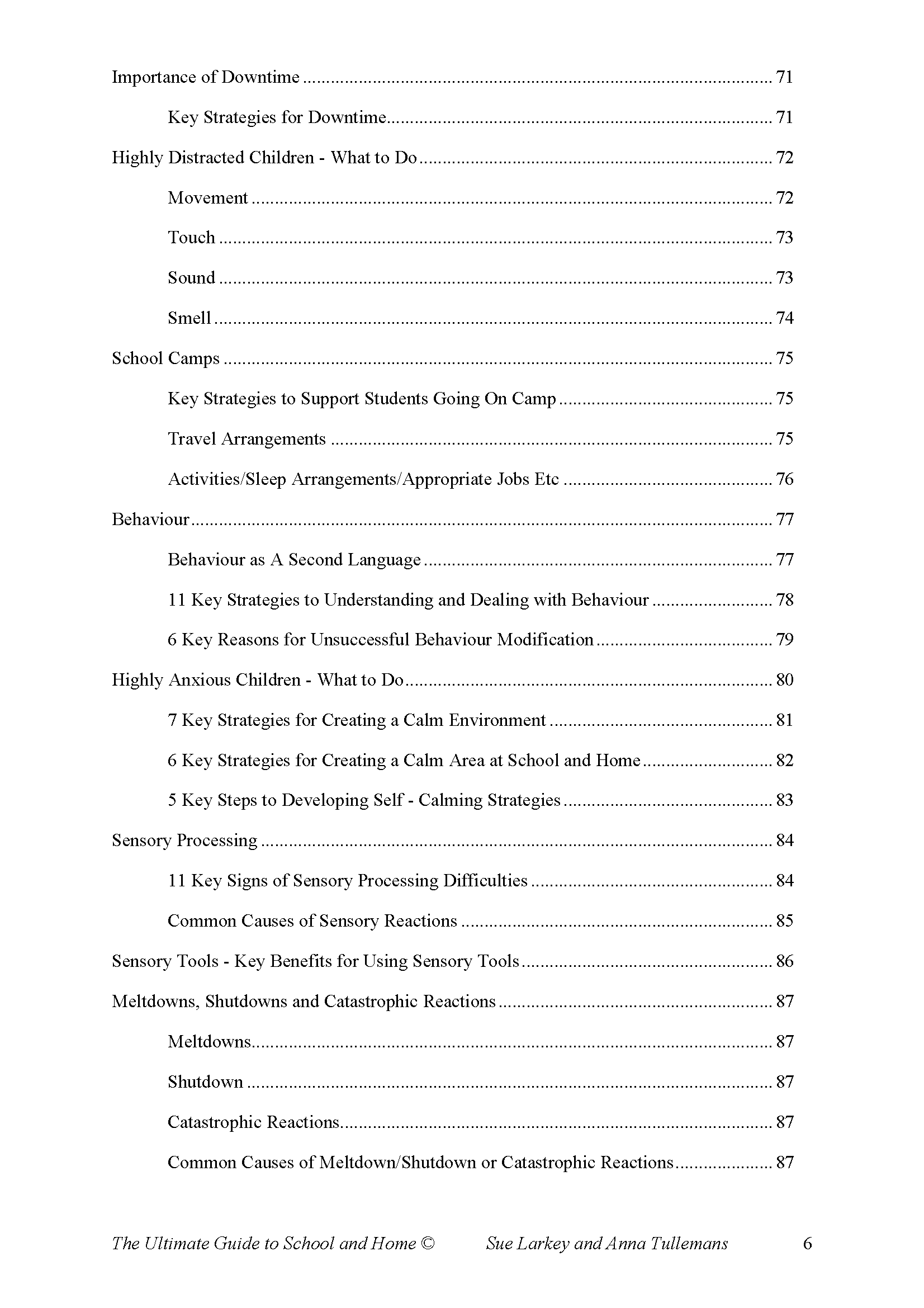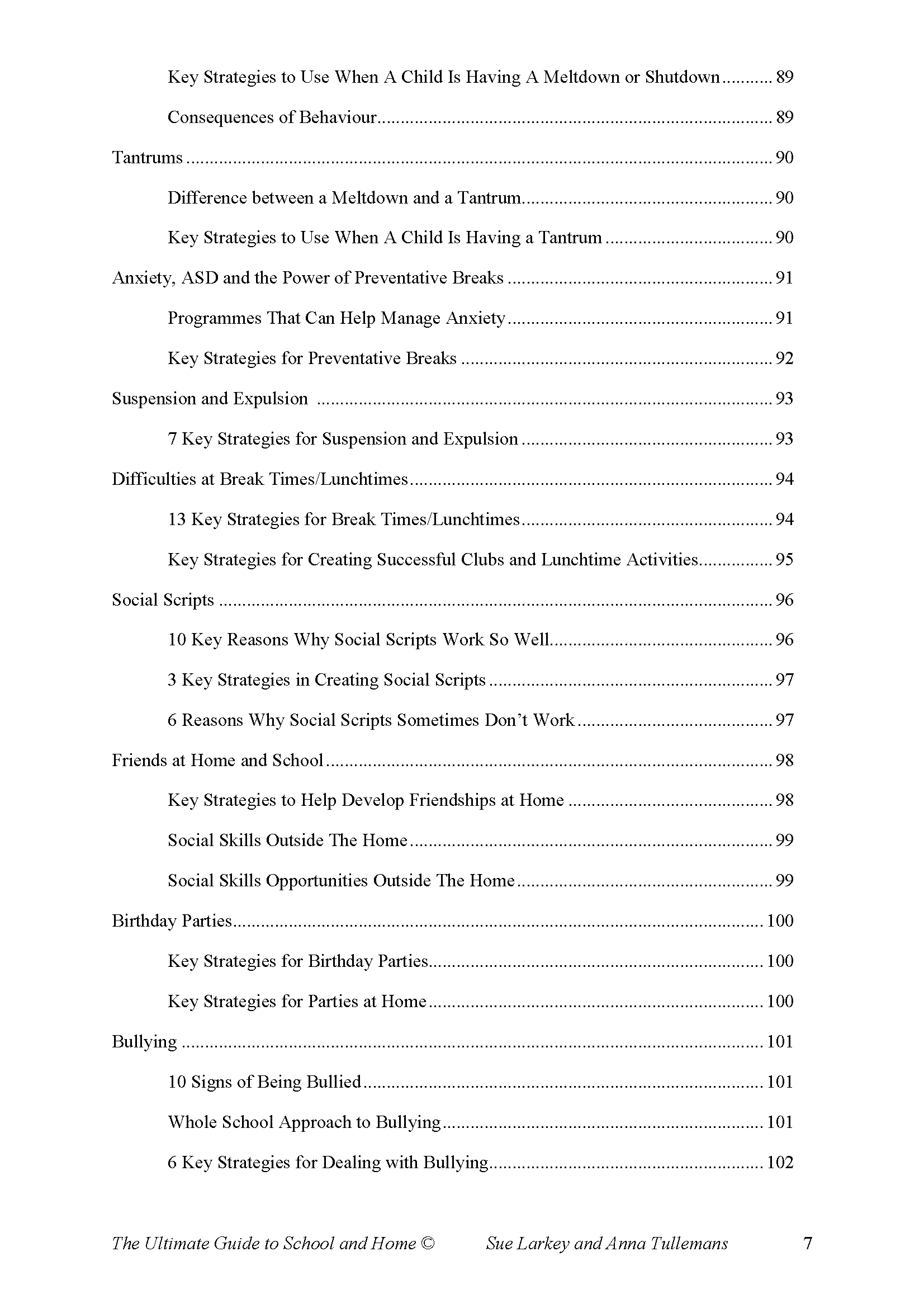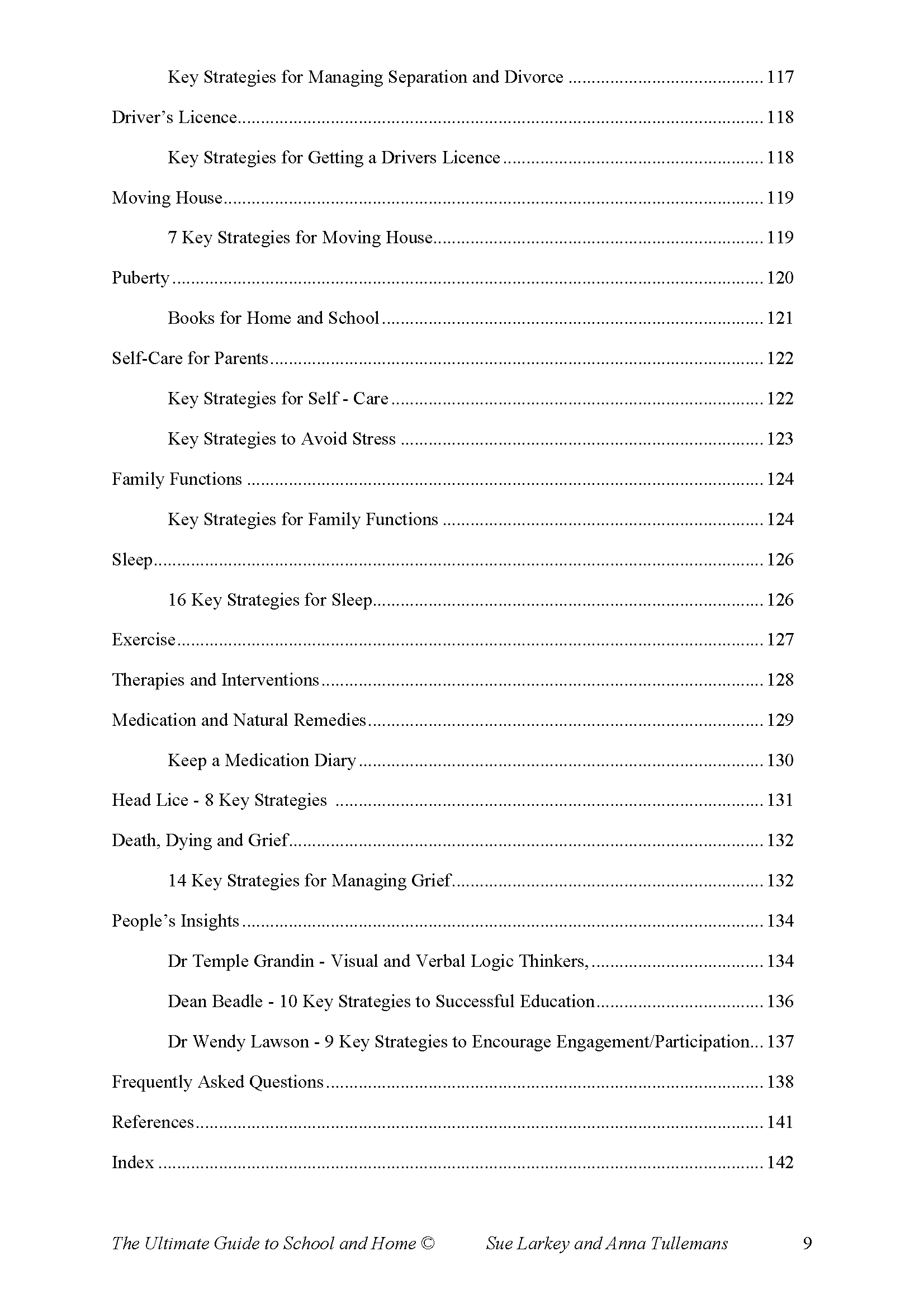meltdown management: How to prevent and de-escalate meltdowns (asd, pda, odd, adhd)
✅ Understanding meltdowns and their different phases
✅Strategies to create calm and manage anxiety
✅ The importance of giving children silence and space: to process, self-regulate and de-escalate
✅Why “No” can cause a meltdown and what to say instead
✅Why I treat meltdowns like seizures
✅ What to do after a meltdown and how to put preventative strategies in place
We hate Spam was well. You can unsubscribe at anytime.
Recognising and managing meltdowns / shutdowns is vital to support people with an ASD. Every child with an ASD will experience very individual symptoms that are unique to them. Not all individuals with an ASD will experience a “meltdown” and instead may “shut down”. It is very important you are familiar with each child’s triggers and responses. Use the student profile on page 31 of The Ultimate Guide to School and Home to record the information so everyone is aware of triggers and signs of meltdowns.
Check out Podcast Episode 70 on Understanding Meltdowns with Jed Baker for more information!
Meltdowns
Meltdowns are extreme emotional and/or behavioural responses to a stressful situation. They are always involuntary. Usually there will be three stages to a meltdown. First stage “Build Up” where you will often notice a change in body posture, facial expression, movement, communication, routine or interaction. Second stage “Survival” where you may notice they withdraw themselves from activities, seek reassurance or seek repetitive activities. Each child has their own signs and it is vital people recognise them and put in place effective strategies otherwise the behaviour can escalate to the Third stage ‘the meltdown / full blown”. Once the meltdown has started all you can do is make sure everyone is safe, reduce stimulation levels and if possible address the problem at hand.
Shutdown – shut out world
A shutdown is a particular sequence of behaviour involving the senses, language skills, motor skills and memory which we observe in children diagnosed as high-functioning within the Autism Spectrum. In academic settings, when pressured by an adult to perform tasks that were difficult, these children may become unresponsive, sleepy, immobile limp to the touch for several minutes and then fell asleep in a chair for as briefly as 10 minutes and up to two hours.
BEFORE
Have in place pro-active strategies to reduce triggers and stress, i.e. preventative breaks, visuals, timers, quiet areas, routines, etc.
More ideas:
Podcast Episode 34 on 50/50 Behaviour Plans
Live Virtual Workshop on Teaching Strategies (everything we do before lunch)
On Demand Course for all Ages and Stages (Modules 1 -4)
The Ultimate Guide to School and Home KNOW the students Triggers (page 88)
DURING
Those of you who have done my 5 hours course either online or face to face will recall there are 3 phases of a Meltdown, and we can only de-escalate in Phases 1 and 2 (Build up & Survival) – in the final stage they have lost cognitive function (more information in Podcast Episode 8).
I like to treat it a bit like a seizure. Here’s what we CAN do:

CALM
Act calm, even if you’re not. Children can sense your anxiety. Use a calm voice. Some students need re-assurance.
Calm the environment. Decrease sensory stimulation. If they have ODD or PDA (Podcast Episode 54 and Episode 110) remember they feel calm when in control. Allow them to regain control of emotions and environment. “Choose your battles” i.e. allow them to ‘refuse’.

TIME
Give processing time. Don’t Hurry! Anxiety UP, processing time down. Slow it Down, Break it Down: give small achievable steps

SPACE
Ignore whenever possible. I like to ignore for 5 minutes then reassess and try a distraction.
Get down to their level BUT not in their face, give them extra space.

COMMUNICATION
Silence! Don’t talk where possible (ask yourself – ‘It is important I say that NOW?’). That being said some students need reassurance. Answer their questions BUT don’t coach or correct. Stay calm, clear and consise.
Validate feelings: let them know YOU are there if they need you. Ignore inappropriate language, tone, etc. This is just their way of communicating ‘I am overwhelmed’.
Re-directing: tell what to do, NOT what not to do. Those of you who have done my courses I call this “I am a GPS” i.e. GPS doesn’t say Don’t turn left… Avoid NO – they are likely to hear NEVER.

DISTRACTION
See The Ultimate Guide to School and Home page 92
Last & MOST important: don’t take anything personally.
Often it is sensory or social and nothing to do with you personally. It can be building pressure and your request might just be the straw that breaks the camels back so to say.
Phase 3: nothing works
- Check for danger (e.g. scissors, heavy items, etc.)
- Remove by-standers
- Keep an escape route open – if safer beyond door and not known to leave school grounds, own house, etc.
- Call for support if you can. I find getting a colleague to take the class invaluable
- Stay calm, walk away
AFTER
Adults
Notify parents/carers ASAP. Often the student can’t communicate they had a meltdown but parents may notice when they get home – tired, hungry, not eating, communicating differently OR want to de-brief.
Consider what happened. Reflect don’t blame! Think about possible triggers and proactive strategies we can put in place. For example what skills could we teach – ask for help, more sensory breaks, etc.
With Child
Wait at least a hour after meltdown/shutdown. I prefer a day, as often everyone’s emotions are still high. Ask parents/carers if they have any idea what happened. Often they talk about it at home. Personally I am a BIG fan of “move on, don’t dwell”. I have seen where talking about it can re-activate the meltdown or shutdown, OR impact on your relationship with the student.
If you do want to talk about it:
Ask the student “What do you think happened?”. Don’t be shocked if they don’t remember, say nothing, or talk about something completely different like what they were doing before or earlier in the day. Remember it’s like a siezure! Make a plan for what they could do next time. This is where a proactive social script can help (Podcast Episode 4).
TEACH Emotional Regulation. So they don’t feel emotions coming 0 to 100 all at once.
Want to learn more with Sue Larkey?
The Ultimate Guide to School and Home
| by Sue Larkey and Anna Tullemans | This book provides key strategies for all ages and stages. It offers over 500 practical strategies and timer savers for school and home from engaging disengaged students, what to do if you don’t have a teacher assistant to considerations for setting up a classroom for teachers; and from developing friends, to moving house and choosing a school for families. It is the ultimate guide for teachers, parents and all professionals supporting children with autism spectrum disorder, including Aspergers, ADD, ADHD, ODD and other developmental delays.
Content pages below.
$44.95
97 in stock

Join me on Instagram!
I am always sharing stories and new content














 Sorry we no longer ship items outside Australia. Please consider the digital versions of Sue’s Books –
Sorry we no longer ship items outside Australia. Please consider the digital versions of Sue’s Books – 